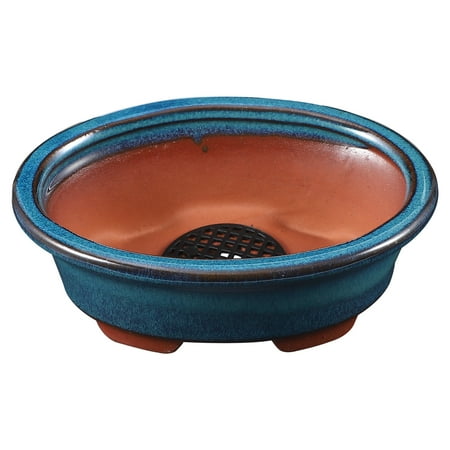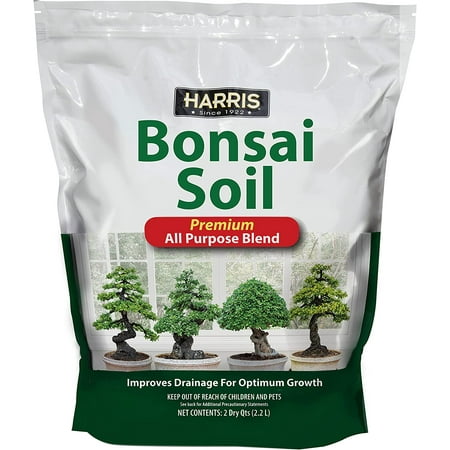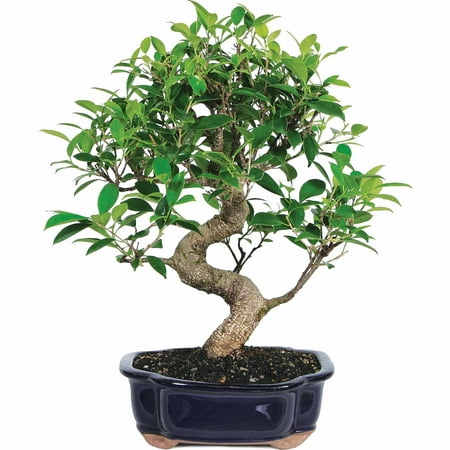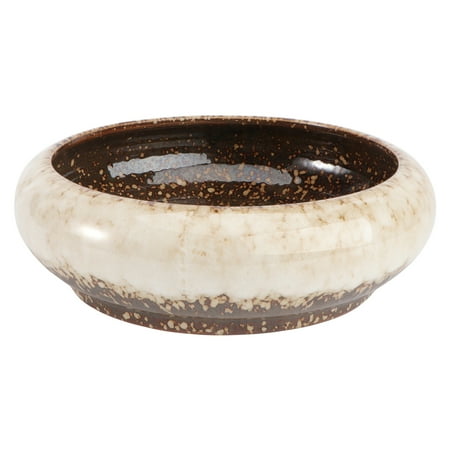Easiest indoor bonsai trees for beginners – 5 low-maintenance species to transform your houseplant collection
The art of bonsai can be tricky, but growing fool-proof indoor species can help

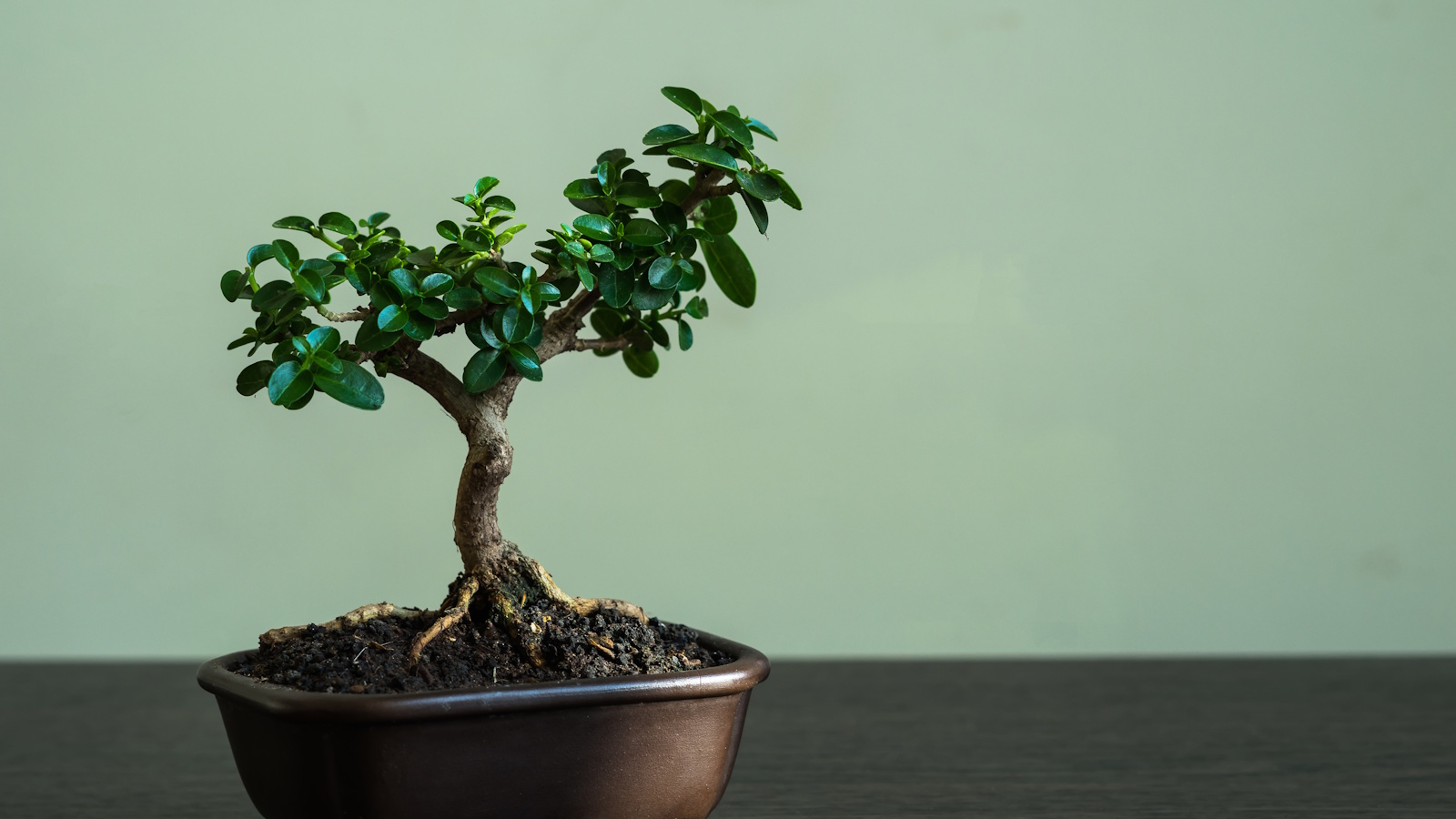
Indoor bonsai trees are the perfect way to elevate your houseplant collection. While they have a reputation for being challenging, there are a handful of tender indoor bonsai species that are easier to grow than others. These fool-proof options can be grown by anyone, but they are particularly ideal for beginners.
From tropical fig trees that are native to India to impressive elms that originate in China, there are a whole host of indoor bonsai trees that can look impressive when grown in miniature and positioned in your bedroom, kitchen or living room.
So, if you want to learn about the easiest indoor bonsai trees for beginners, our guide has all the information you need to know. Here, one bonsai professional from Mississippi reveals some of the best bonsai tree types to grow in the home, as well as advice on where to place them and how to care for each species.

Easiest indoor bonsai trees to grow
In terms of how to care for a bonsai tree, growing indoors is considerably different from outdoor cultivation. Outdoor bonsai tree types, including Japanese maples or juniper trees, have different needs in terms of the climate and US hardiness zones. For indoor growing, the climate is less important, as your home will provide consistent heat and protection, allowing you to grow tropical or tender species. Here are five of the easiest indoor bonsai trees to try this year.
1. Ficus

'If you are looking for low-maintenance options, then ficus bonsai plants are some of the easiest and most unusual houseplants to grow,' says Brussel Martin, bonsai expert and owner of Brussel's Bonsai Nursery, based in Mississippi.
'Ficus, or fig trees, are excellent choices for indoor bonsai,' Brussel adds. 'They thrive in indirect light and are perfect when used as a centerpiece in a room, such as on the coffee table or kitchen counter.'
Ficus retusa is one species that can be easily cultivated as a bonsai tree. Native to the Malay archipelago, this fig thrives in warm environments with bright but indirect light. As you can see in the image above, it produces an unusual, curving trunk that supports thick, glossy leaves.
Design expertise in your inbox – from inspiring decorating ideas and beautiful celebrity homes to practical gardening advice and shopping round-ups.
'Allow the soil to dry out slightly between waterings, and trim your ficus bonsai to maintain its attractive shape during spring and summer,' Brussel says.
Live ficus bonsai trees are available from Brussel's Bonsai Nursery and sold via Amazon.
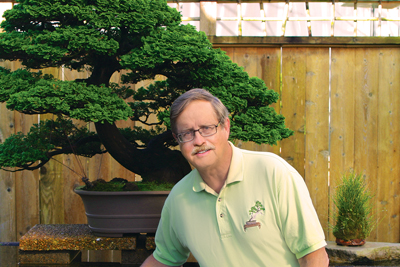
Brussel is the owner and founder of Brussel's Bonsai Nursery, based in Olive Branch, Mississippi, the largest importer and grower of Bonsai trees in the country. The grounds include a 180,000-square-foot greenhouse packed with trees from Japan, Taiwan, China and South Korea.
2. Dwarf jade
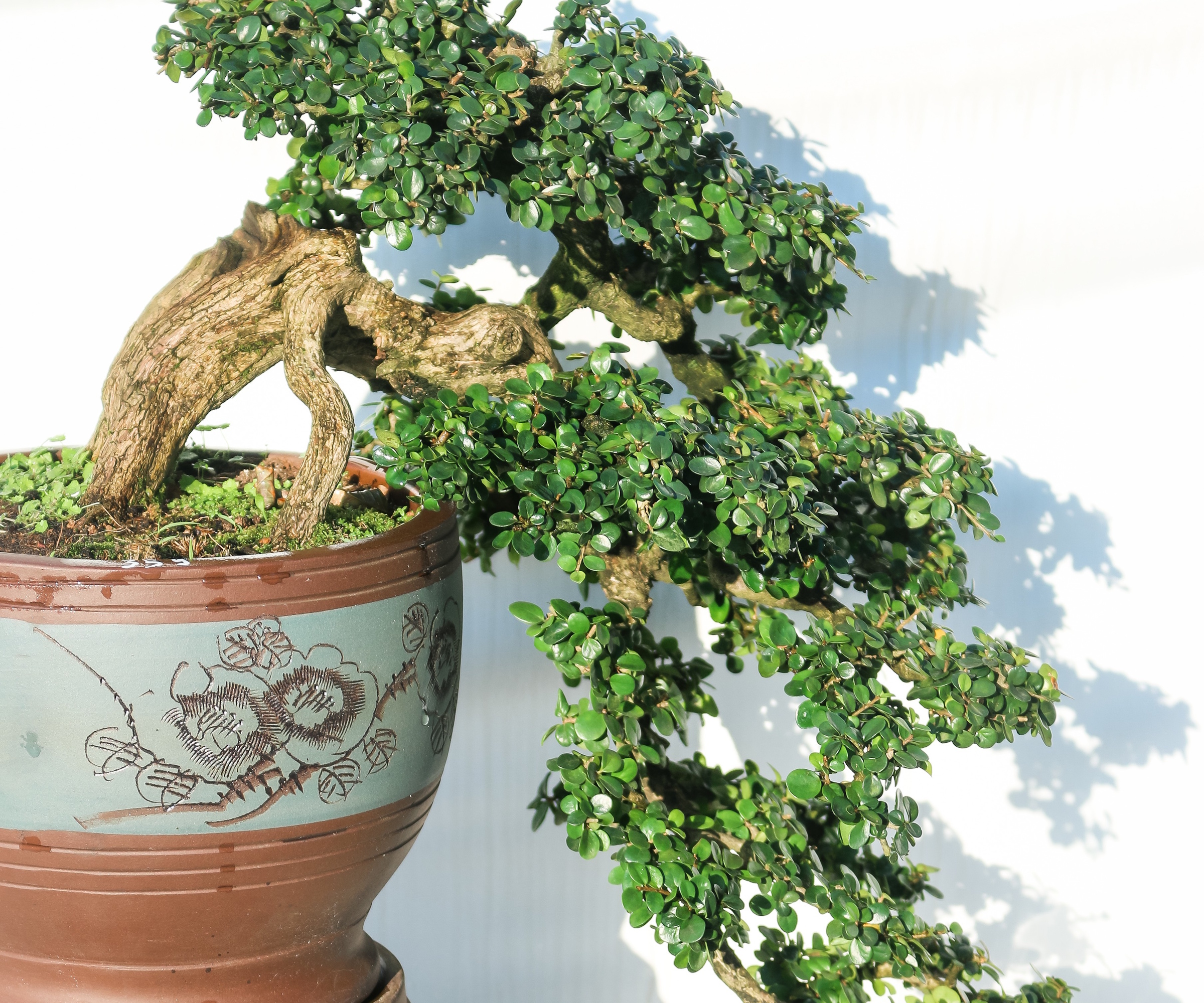
'Another suitable indoor option for beginners would be jade,' Brussel says. Dwarf jade, or Portulacaria afra, is native to South Africa, and prefers warmer climates, making it an ideal choice to grow indoors. Dwarf jade bonsai trees are available from Walmart.
'The dwarf jade plant is a succulent and produces vibrant green leaves atop fleshy stems and branches,' Brussel says. 'In their native habitat, they can grow upwards of 10 feet, but they can be easily trained to grow in miniature.'
In terms of how to grow dwarf jade bonsai trees, this species has thick, water-storing leaves, meaning it can tolerate dry conditions better than most other bonsai trees. Water sparingly, when the soil is dry, checking that moisture can drain freely from the hole in the container.
Position your dwarf jade in a sunny spot, ideally near a window. Pruning is straightforward and is usually done in spring when the plant is actively growing. Be sure to apply a balanced, diluted bonsai fertilizer every four to six weeks during the growing season to give your plant a boost. Bonsai feeds are available from Amazon.
3. Hawaiian umbrella
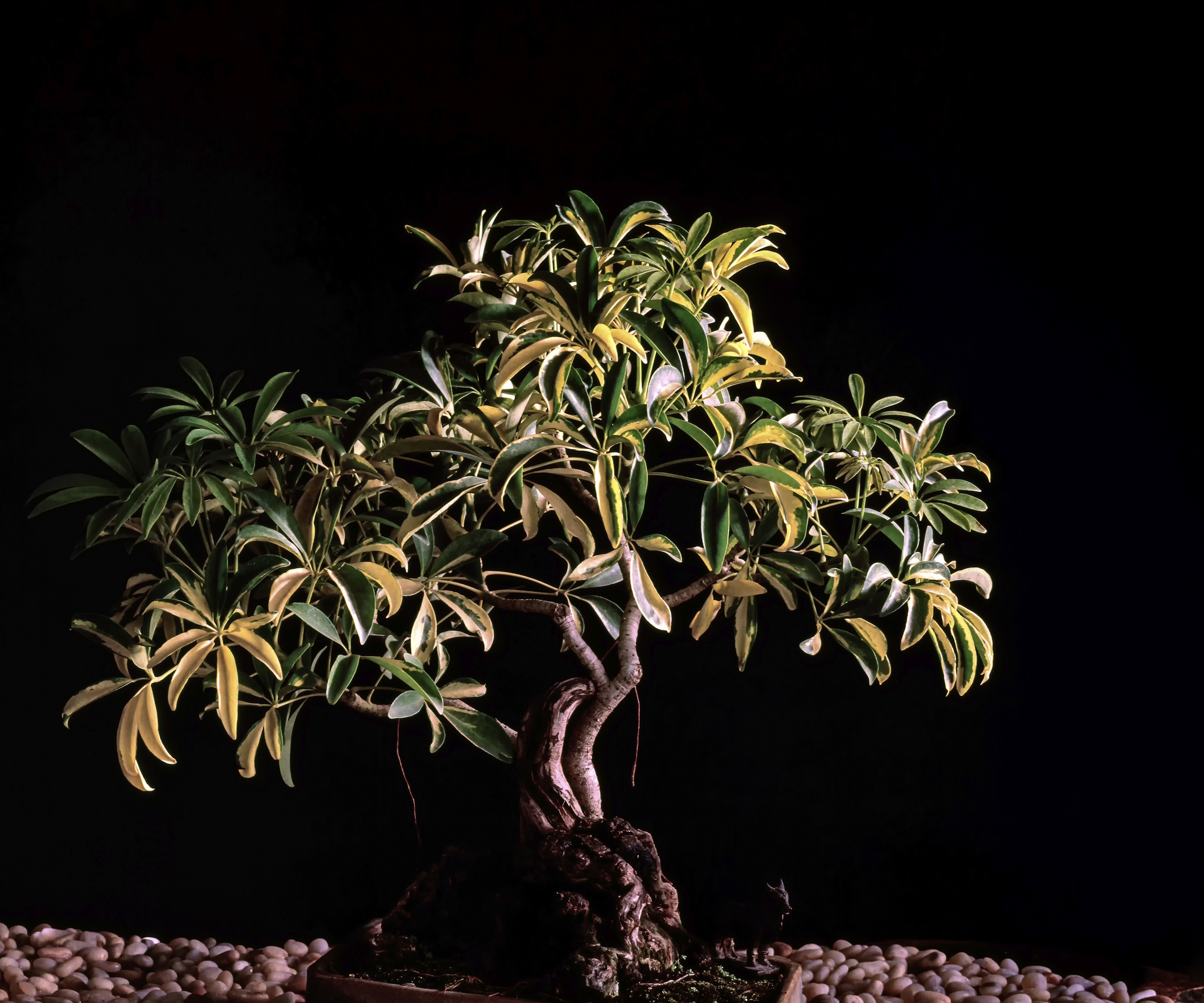
The Hawaiian umbrella tree, or Schefflera arboricola, is another option if you are looking for easy indoor plants. This tropical tree is native to China and Taiwan, and can only survive winters in US hardiness zone 10 plus, making this an ideal choice to keep indoors where there is no risk of snow or frost.
The Hawaiian umbrella tree has attractive, rounded leaves that grow in clusters, creating a lush canopy atop the main trunk. It can tolerate low-light conditions, though for the best results, place in a bright location with at least a few hours of indirect light each day.
While they can tolerate low humidity, be sure to keep the soil consistently moist. Hawaiian umbrella bonsai tree kits are available to order from Amazon and include a dish, soil, shears and one live plant, making for an ideal gift for any indoor gardener.
4. Chinese elm

Another outdoor and indoor recommendation from Brussel is the Chinese elm, or Ulmus parvifolia. One of the best indoor plants, this species is native to eastern Asia, including China and Japan, producing a mass of glossy green foliage. When grown indoors, the leaves will grow larger to absorb as much sunlight as possible.
Chinese elms are adaptable bonsai trees that can handle most situations. However, for the best results, place them in a bright spot and keep away from doors, where there can be a draught, or near radiators, where the temperature can fluctuate.
Be sure to regularly water your Chinese elm during spring and summer, ensuring the soil remains slightly damp but not waterlogged. One option is to plunge the pot into a bucket of water for 30 minutes once a month. This will help to saturate the soil and keep the bonsai happy. Just be sure the water can freely drain.
Chinese elm bonsai trees are available to order at Amazon.
5. Carmona
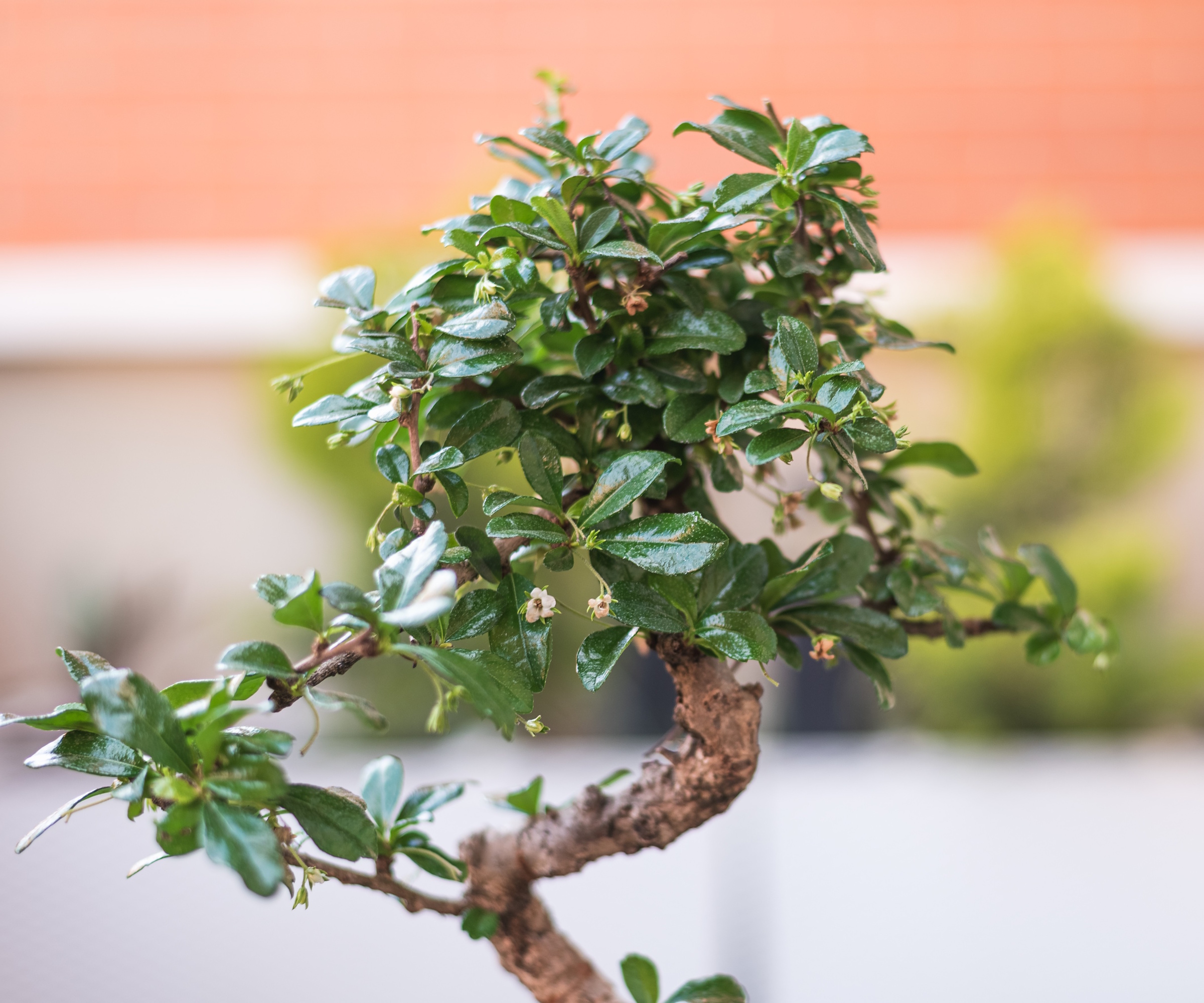
The Carmona bonsai, sometimes called the Fukien tea bonsai, is another unusual choice for indoor gardens. Mature specimens tend to display gnarled and aged bark, which supports a dense canopy of dark green leaves and small white flowers. If you are looking for small indoor plants with impact, this is certainly one to consider.
The Carmona bonsai, Carmona macrophylla, is native to parts of Japan, Indonesia, Taiwan and Australia. With a preference for a consistent climate, this is a good species to grow indoors.
Provide them with bright but indirect light, and be sure to water regularly during the growing season. Consistent pruning during spring and summer will also help to maintain its shape.
Carmona bonsai trees are available from Amazon.
FAQs
Can indoor bonsai trees be placed outdoors in summer?
Yes, increased sunlight and fresh air can give your indoor bonsai a boost and encourage healthy growth. However, be sure to do this gradually to avoid shocking your plant. I would also recommend choosing a location that is bright but avoids the afternoon sun, which can scorch the leaves. Finally, always bring your houseplants back indoors towards the end of summer.
While all of these species are low-maintenance, one job to remember is repotting. This is not a yearly task but should be done every three years in late winter or early spring to refresh the soil and give your bonsai tree slightly more space to grow.
For more inspiration, see our guide to the easiest bonsai trees to grow outdoors this year, helping to elevate your patio or container display with a miniature bougainvillea or Japanese maple.

Thomas is a Content Editor within the Gardens Team at Homes and Gardens. He has worked as a professional gardener for both public spaces and private estates, specializing in productive gardening, growing food and flowers. Trained in Horticulture at the Garden Museum, he has written on gardening and garden history for various publications, including The English Garden, Gardens Illustrated, Hortus, The London Gardener and Bloom. He has co-authored a Lonely Planet travel book, The Tree Atlas, due out in 2024.
